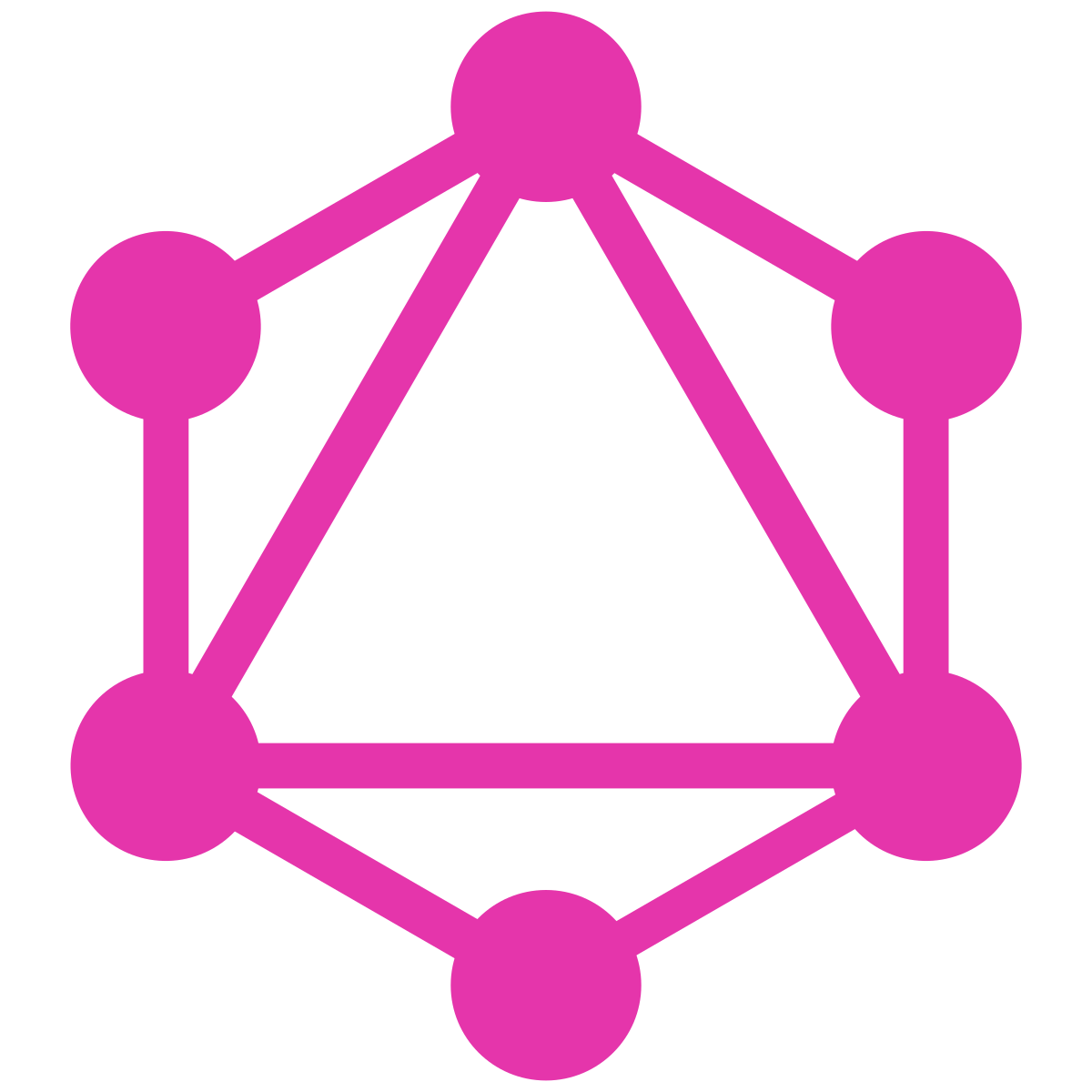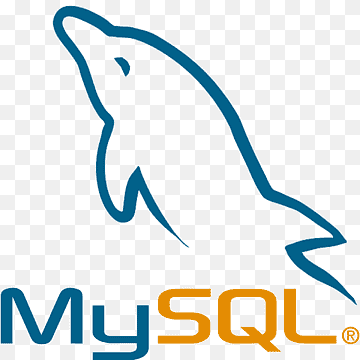Blog Posts
Prevent Unnecessary Rendering When Using React Hooks
Jul 15th, 2022When working with state hooks like useReducer or useState or useContext, it can become expensive to render components. If we let the framework handle rendering, all components and children components will be rendered if the parent uses state or context hooks or an action is dispatch into the reducer hook. Today we will look at optimisation to stop the rendering propagation for components which do not need to be rendered.
Apollo Client Fetch Policy
May 6th, 2022Query Graphql With Apollo Client React
Apr 29th, 2022Apollo client allows us to easily manage our GraphQL queries and data from the clientside. It provides functionalities such as caching, loading state and data propagation to components and most importantly; is compatible with all major UI frameworks. In today’s post, we’ll look at how we can simply hook Apollo client in a React application and use it to query our GraphQL server.
Common Table Expression In Postgres
Apr 22nd, 2022Common table expression, also called WITH queries, can be used to create auxiliary queries that can be used in larger queries. They can be used to breakdown complex queries into multiple simpler queries which are then used in a primary statement or they can also be used to write recursive queries. In today’s post, we will look at how to define CTE with examples in Postgres.
React Reducer Hook
Apr 15th, 2022useReducer hook in React allows us to manage state in a redux manner. This is useful for handling complex state in a single object, as opposed to useState which is better used with single variable state. With useReducer, we can define a reducer, a set of actions to interact with the state and use a dispatcher to dispatch the actions from our component. In today’s post we will look at how we can use useReducer with example.
React Memo Hook
Apr 8th, 2022React Callback Hook
Apr 1st, 2022React Ref Hook
Mar 25th, 2022React Context Hook
Mar 18th, 2022React Effect Hook
Mar 11th, 2022Smart Contract Development With Brownie
Mar 4th, 2022Few months ago we looked at how we could use web3.py to directly compile Solidity contracts and deploy them on a local ganache-cli blockchain. Although that’s a possible way of deploying smart contracts, it wouldn’t be a recommended way to manage production grade contracts. For that, we would be delegating the steps to a development and testing framework for smart contracts. Such environment provides us an easy way to manage project of smart contracts, manage dependencies, and test our smart contracts. In today’s post, we will look at Brownie, a Python-based development and testing framework for EVM smart contracts
Setup Local Development Blockchain With Ganache
Feb 25th, 2022Dbeaver Auto Commit And Manual Commit
Feb 18th, 2022Exhaustiveness Checking In Typescript
Feb 11th, 2022Type Predicate In Typescript
Feb 4th, 2022 chrome
chrome
 cypress
cypress
 dbeaver
dbeaver
 ethereum
ethereum
 figma
figma
 flask
flask
 git
git
 graphql
graphql
 jekyll
jekyll
 jenkins
jenkins
 js
js
 maths
maths
 metamask
metamask
 mobx
mobx
 mysql
mysql
 oas
oas
 postgres
postgres
 postman
postman
 puml
puml
 python
python
 solidity
solidity
 splunk
splunk
 sqlalchemy
sqlalchemy
 sqlite
sqlite
 typescript
typescript
 unicode
unicode
 vscode
vscode
 zsh
zsh